-
 bitcoin
bitcoin $122288.232522 USD
0.16% -
 ethereum
ethereum $4480.662914 USD
-0.22% -
 xrp
xrp $2.962747 USD
-2.32% -
 tether
tether $1.000120 USD
-0.05% -
 bnb
bnb $1145.654223 USD
-2.07% -
 solana
solana $227.105217 USD
-1.67% -
 usd-coin
usd-coin $0.999548 USD
-0.02% -
 dogecoin
dogecoin $0.250875 USD
-2.04% -
 tron
tron $0.340654 USD
-0.49% -
 cardano
cardano $0.837968 USD
-2.52% -
 hyperliquid
hyperliquid $48.960449 USD
0.06% -
 chainlink
chainlink $22.049280 USD
-1.33% -
 ethena-usde
ethena-usde $1.000404 USD
0.02% -
 sui
sui $3.586212 USD
0.20% -
 avalanche
avalanche $29.894916 USD
-4.18%
how blockchain solving real world problems
Blockchain, extending beyond cryptocurrency, offers groundbreaking solutions, including supply chain transparency, automated smart contracts, secure healthcare data management, enhanced digital identity verification, and robust data security.
Oct 11, 2024 at 04:12 pm

Blockchain technology, known for its applications in cryptocurrency, holds immense promise beyond the realm of finance. Its decentralized and immutable nature offers innovative solutions to address various real-world challenges:
1. Traceability and Supply Chain Management:- Transparency: Blockchain allows every transaction in a supply chain to be recorded and tracked, providing transparency and accountability.
- Product Authentication: It helps verify the authenticity of products by providing an immutable record of ownership and provenance.
- Reduce Counterfeiting: Blockchain-based systems can differentiate genuine products from counterfeits, combating fraud in industries like pharmaceuticals and luxury goods.
- Automated Execution: Smart contracts, self-executing agreements stored on the blockchain, automate business processes, reducing manual intervention and transaction costs.
- Legal Enforcement: Smart contracts provide legally binding agreements that can be enforced without intermediaries, streamlining contract management.
- Asset Management: Blockchain can track and manage assets efficiently, enabling real-time adjustments and decentralized decision-making.
- Secure Patient Records: Blockchain ensures the privacy and integrity of sensitive medical data, empowering patients with control over their health information.
- Drug Traceability: It improves drug traceability and accountability, reducing the risk of counterfeits and ensuring product safety.
- Medical Research: Blockchain facilitates data sharing and collaboration among researchers, accelerating medical advancements.
- Secure Identity Management: Blockchain provides a decentralized and secure way to store and verify digital identities, streamlining user authentication and reducing fraud.
- Digital Voting: It enables transparent and tamper-proof voting systems, enhancing the credibility and integrity of elections.
- Financial Inclusion: Blockchain can provide digital identities to underserved populations, enabling access to financial services and empowering them economically.
- Enhanced Data Protection: Blockchain's decentralized nature protects data from hacking, manipulation, or unauthorized access.
- Privacy Control: Individuals can maintain control over their personal information and decide who has access to it.
- Fraud Reduction: Smart contracts and immutable transaction records prevent fraud by providing a tamper-proof audit trail.
In conclusion, blockchain technology has the potential to transform various industries by providing innovative solutions to real-world problems. From supply chain management to healthcare, digital identity, and data security, blockchain's decentralized, immutable, and secure nature empowers organizations and individuals with greater transparency, efficiency, and trust.
Disclaimer:info@kdj.com
The information provided is not trading advice. kdj.com does not assume any responsibility for any investments made based on the information provided in this article. Cryptocurrencies are highly volatile and it is highly recommended that you invest with caution after thorough research!
If you believe that the content used on this website infringes your copyright, please contact us immediately (info@kdj.com) and we will delete it promptly.
- BlockDAG, DOGE, HYPE Sponsorship: Crypto Trends Shaping 2025
- 2025-10-01 00:25:13
- Deutsche Börse and Circle: A StableCoin Adoption Powerhouse in Europe
- 2025-10-01 00:25:13
- BlockDAG's Presale Buzz: Is It the Crypto to Watch in October 2025?
- 2025-10-01 00:30:13
- Bitcoin, Crypto, and IQ: When Genius Meets Digital Gold?
- 2025-10-01 00:30:13
- Stablecoins, American Innovation, and Wallet Tokens: The Next Frontier
- 2025-10-01 00:35:12
- NBU, Coins, and Crypto in Ukraine: A New Yorker's Take
- 2025-10-01 00:45:14
Related knowledge

What is a token economy?
Sep 20,2025 at 12:18am
Understanding the Foundations of a Token Economy1. A token economy in the context of cryptocurrency refers to a system where digital tokens are used a...
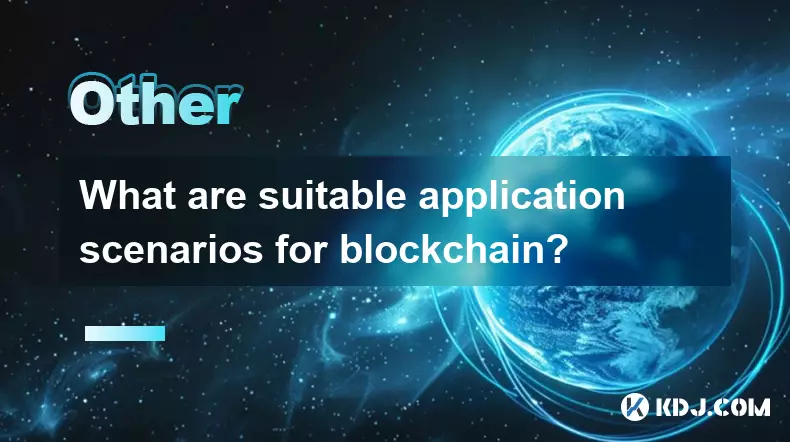
What are suitable application scenarios for blockchain?
Sep 20,2025 at 03:19am
Decentralized Finance (DeFi) Platforms1. Blockchain enables the creation of financial services without centralized intermediaries, allowing users to l...
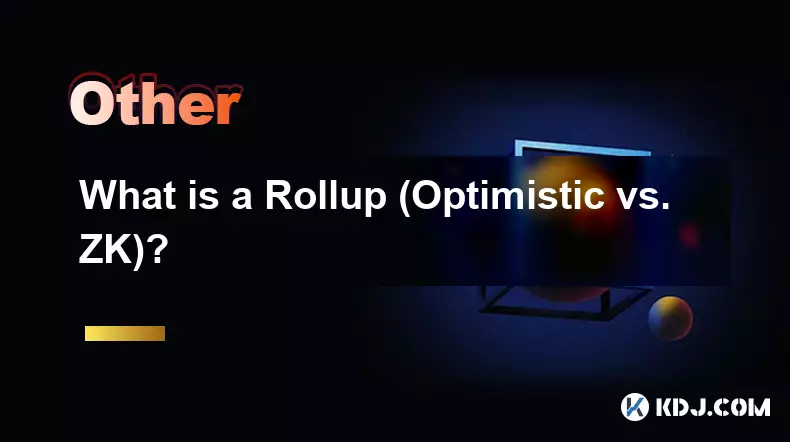
What is a Rollup (Optimistic vs. ZK)?
Sep 22,2025 at 03:00pm
Understanding Rollups in Blockchain Technology1. Rollups are layer-2 scaling solutions designed to increase transaction throughput on blockchains like...
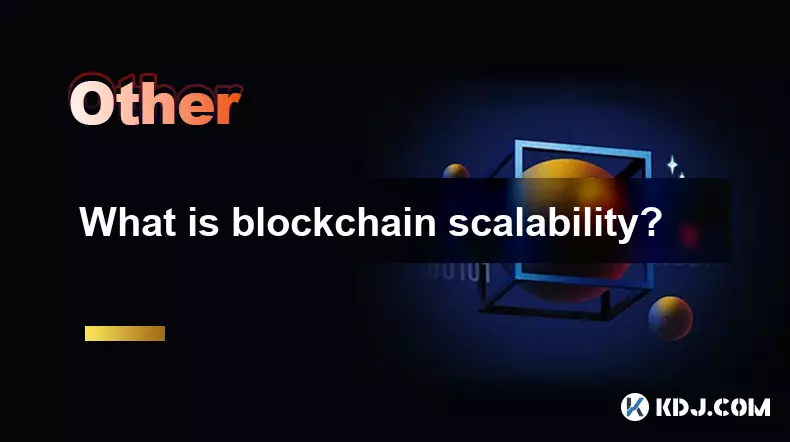
What is blockchain scalability?
Sep 19,2025 at 06:18am
Understanding Blockchain Scalability1. Blockchain scalability refers to a network's ability to handle an increasing number of transactions without com...
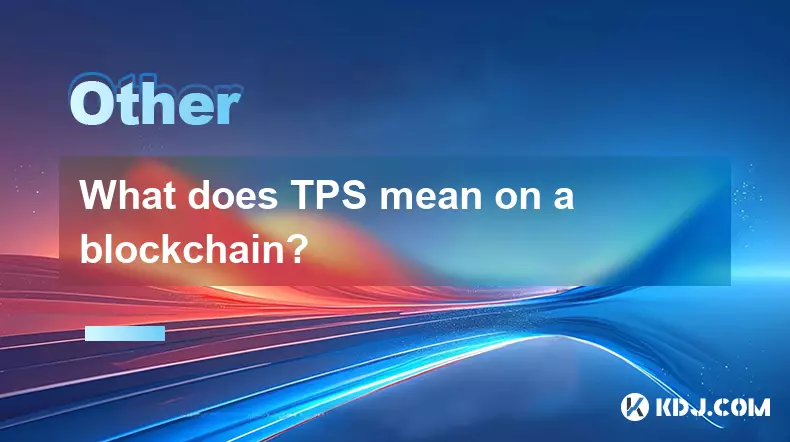
What does TPS mean on a blockchain?
Sep 21,2025 at 09:54am
Understanding TPS in Blockchain Technology1. TPS stands for Transactions Per Second, a metric used to measure the number of transactions a blockchain ...
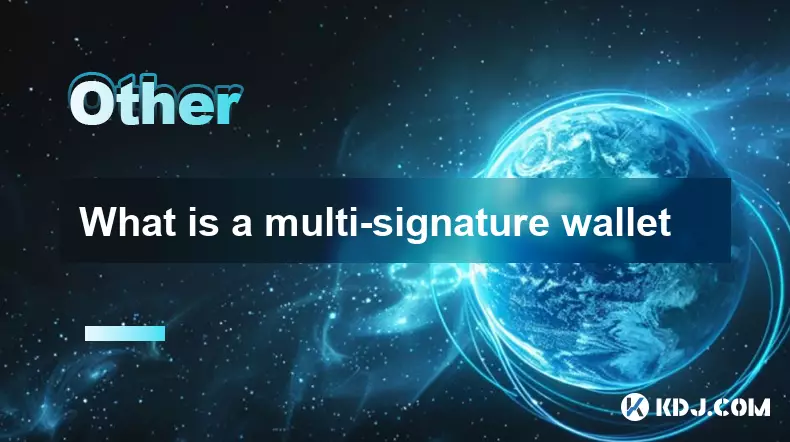
What is a multi-signature wallet
Sep 20,2025 at 07:00am
Understanding Multi-Signature Wallets in Cryptocurrency1. A multi-signature wallet, often referred to as a multisig wallet, is a type of cryptocurrenc...

What is a token economy?
Sep 20,2025 at 12:18am
Understanding the Foundations of a Token Economy1. A token economy in the context of cryptocurrency refers to a system where digital tokens are used a...

What are suitable application scenarios for blockchain?
Sep 20,2025 at 03:19am
Decentralized Finance (DeFi) Platforms1. Blockchain enables the creation of financial services without centralized intermediaries, allowing users to l...

What is a Rollup (Optimistic vs. ZK)?
Sep 22,2025 at 03:00pm
Understanding Rollups in Blockchain Technology1. Rollups are layer-2 scaling solutions designed to increase transaction throughput on blockchains like...

What is blockchain scalability?
Sep 19,2025 at 06:18am
Understanding Blockchain Scalability1. Blockchain scalability refers to a network's ability to handle an increasing number of transactions without com...

What does TPS mean on a blockchain?
Sep 21,2025 at 09:54am
Understanding TPS in Blockchain Technology1. TPS stands for Transactions Per Second, a metric used to measure the number of transactions a blockchain ...

What is a multi-signature wallet
Sep 20,2025 at 07:00am
Understanding Multi-Signature Wallets in Cryptocurrency1. A multi-signature wallet, often referred to as a multisig wallet, is a type of cryptocurrenc...
See all articles










































































